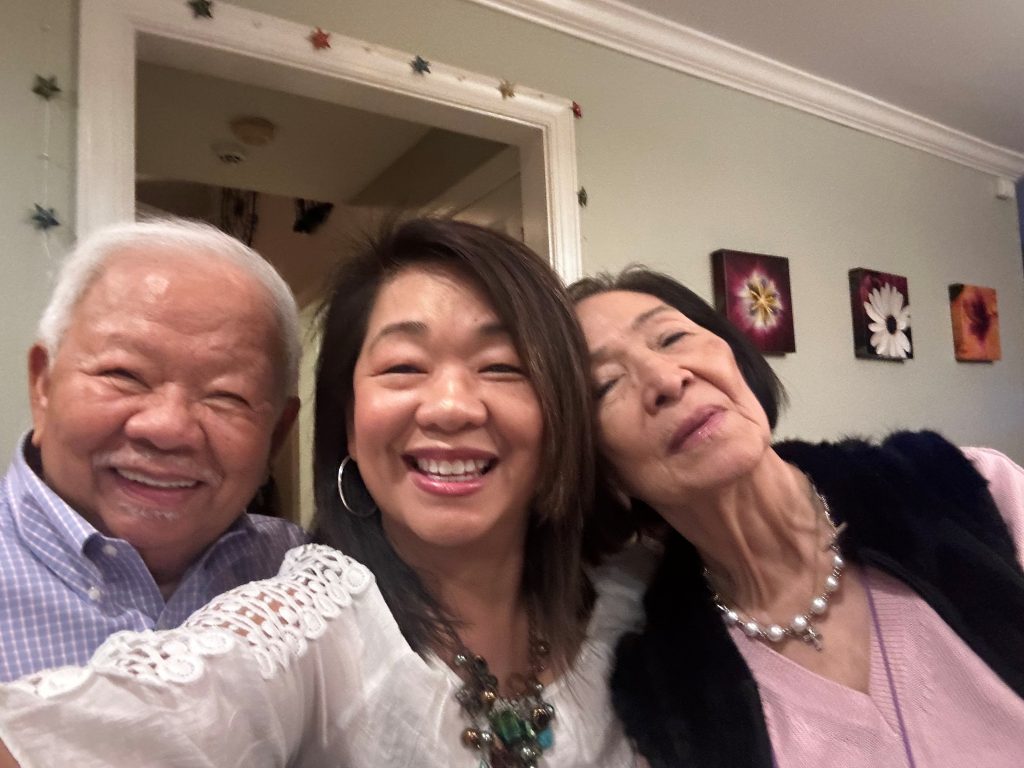Abstract:
The story of the forming of the National Association of State Units on Aging, now known as ADvancing States, and the Older Americans Act (OAA) objectives for programs for older Americans. The article also addresses funding for this programming and the evolution of the state aging director’s role. ADvancing States has extensive new resources to learn about the OAA and how states operate long-term services and support, which are described.
Key Words:
ADvancing States, Older Americans Act, funding, ADvancingStatesIQ
In 1964 a group of states came together to share their experiences administering programs supporting older adults. The group formed a National Association of State Units on Aging (NASUA), which now is known as ADvancing States. Since its founding, the roles and responsibilities of state aging directors have evolved, but the cornerstone was formed in the Older Americans Act (OAA).
In 1965 when the OAA became law, Congress and the Johnson Administration envisioned a framework of support services so that older adults would be empowered to age with dignity, health, and independence for as long as possible. The OAA is a seminal piece of legislation that provided the foundation for aging services, and provided a vision for home- and community-based services (HCBS), not only for older adults, but for all Americans.
The Congressional declaration of objectives; Chapter 35—Programs for older Americans, reads:
“The Congress hereby finds and declares that, in keeping with the traditional American concept of the inherent dignity of the individual in our democratic society, the older people of our Nation are entitled to, and it is the joint and several duty and responsibility of the governments of the United States, of the several States and their political subdivisions, and of Indian tribes to assist our older people to secure equal opportunity to the full and free enjoyment of the following objectives:
- An adequate income in retirement in accordance with the American standard of living.
- The best possible physical and mental health (including access to person-centered, trauma-informed services as appropriate) which science can make available and without regard to economic status.
- Obtaining and maintaining suitable housing, independently selected, designed and located with reference to special needs and available at costs which older citizens can afford.
- Full restorative services for those who require institutional care, and a comprehensive array of community-based, long-term care services adequate to appropriately sustain older people in their communities and in their homes, including support to family members and other persons providing voluntary care to older individuals needing long-term care services.
- Opportunity for employment with no discriminatory personnel practices because of age.
- Retirement in health, honor, dignity—after years of contribution to the economy.
- Participating in and contributing to meaningful activity within the widest range of civic, cultural, educational, and training and recreational opportunities.
- Efficient community services, including access to low-cost transportation, which provide a choice in supported living arrangements and social assistance in a coordinated manner and which are readily available when needed, with emphasis on maintaining a continuum of care for vulnerable older individuals.
- Immediate benefit from proven research knowledge which can sustain and improve health and happiness.
- Freedom, independence, and the free exercise of individual initiative in planning and managing their own lives, full participation in the planning and operation of community-based services and programs provided for their benefit, and protection against abuse, neglect, and exploitation.”
While the objectives are broad, the funding in support of the OAA programs and services fall far short of what would be required for state and local governments to fully realize the Act’s vision. As a result, states in partnership with local governments have had to seek alternative funding. Funding is often supplemented by other federal programs, such as Medicaid and the Social Services Block Grant Program.
Older adults should enjoy: ‘Retirement in health, honor, dignity—after years of contribution to the economy.’
States also supplement funds with state general funds and more recently, local Area Agencies on Aging have developed partnerships with multiple public and private agencies and organizations to improve the lives of older people.
In the 56 years since its inception, the growth of the population older than age 60 has increased dramatically, the calls for more services and supports to be delivered in the home have increased, and federal, state, and local budgets have not kept up with demand. Additionally, the role of state aging directors also has evolved, with nearly all state aging leaders having responsibility for aging and “adult services” (including services for individuals with disabilities) and a significant number of aging directors holding responsibility for large portions of the Medicaid home- and community-based waiver program.
To help state agencies and others understand the history of the OAA and its role in HCBS, ADvancing States developed three new resources that are available without charge.
The first resource was written in response to the most recent reauthorization of the OAA. ADvancing States commissioned Carol V. O’Shaughnessy, one of the foremost OAA experts in the nation, to author “Older Americans Act: The Foundation of the Aging Services Network” (2021). This report will serve as an essential resource for new and seasoned aging and disability professionals across the country as they work to manage and oversee critical OAA programs and services.
Learning Objectives of ADvancing States’ Learning Platform and Courses
The second resource is part of ADvancing States online learning platform, ADvancingStatesIQ. “OAA 101: The Foundation of the Aging Services Network.” This is a new training module that provides participants an overview of key issues relevant to the OAA, and discusses the historical development, functions, and governance of the Act, its service programs, populations served, and funding.
Older Americans Act 101 is aimed toward new, as well as seasoned, professional staff in the field of aging who would like a better understanding of the OAA (Advancing States, 2021). The course includes: An Overview of the Aging Services Network and the OAA; an Historical Development of the OAA; Titles of the Act and Service Programs; Administration and Governance; and Funding Mechanisms.
The learning objectives of the course are designed to help participants: improve knowledge of key features, terminology, and concepts underlying the OAA; expand understanding of OAA services and programs; understand the administration and funding mechanisms of the OAA; and to increase ability to converse about basic OAA topics. Similar to all courses offered in ADvancingStatesIQ.org, users are required to register but the courses are available for free.
The course helps participants improve knowledge of key features, terminology, and concepts underlying the OAA.
The third resource is a series of state profiles. To better understand how states operate long-term services and supports (LTSS), ADvancing States developed a series of state profiles. LTSS for older adults and individuals with physical disabilities are administered differently in every state. The state profiles are designed to develop a better understanding of the functions of the aging and adult service agencies for each state. In rare instances, one agency administers the full array programs and LTSS, covering all ages and abilities, but in most instances multiple agencies help to administer aging and adult services.
Each state profile focuses on the core functions of LTSS and the agencies that administer them. The profiles are intended to demonstrate the wide range of state Aging and Disability Agencies’ organizational structures and to help states identify peer agencies with common functional responsibilities. The profiles highlight a functional chart that demonstrates the location of and relationship between key state programs that are important to aging, physical disabilities, and LTSS.
The profiles focus on four core functions of LTSS services and which agencies administer them, using standardized descriptions for ease of comparison across states.
- Aging Services—includes OAA services and state-funded programs for older adults
- Adult Services—includes oversight of Centers for Independent Living and other state-funded disability programs excluding intellectual and developmental disabilities (I/DD, sometimes referred to as physical disability services)
- Medicaid LTSS Services—delivered either through the Medicaid State Plan or HCBS Waiver(s)
- Provider Management—includes the regulation and licensure of HCBS and institutional providers
The profiles also contain charts highlighting the responsibilities of each of the agencies that include aging and adult services; Medicaid services; and provider management (which includes licensing, certification, regulations, and oversight of both HCBS and institutional settings).
Martha Roherty is the executive director of ADvancing States (formerly USUAD) in Arlington, Virginia.
References
ADvancing States. (2021). ADvancing States iQ: Online Learning Center.
ADvancing States. (2021). State Aging and Disabilities Agency Profiles.
O’Shaughnessy, C. V. (2021). Older Americans Act: The Foundation of the Aging Services Network. Advancing States.













